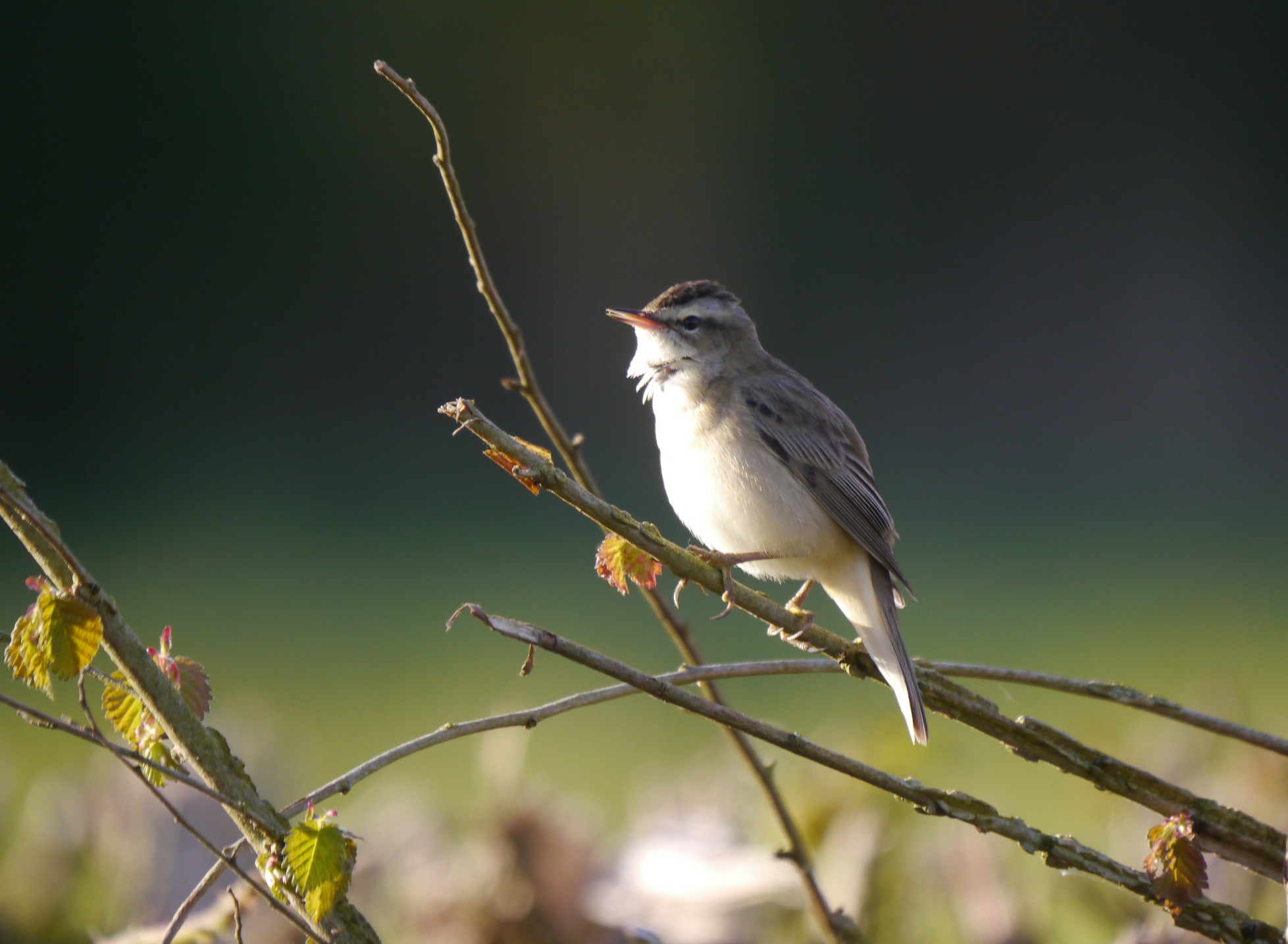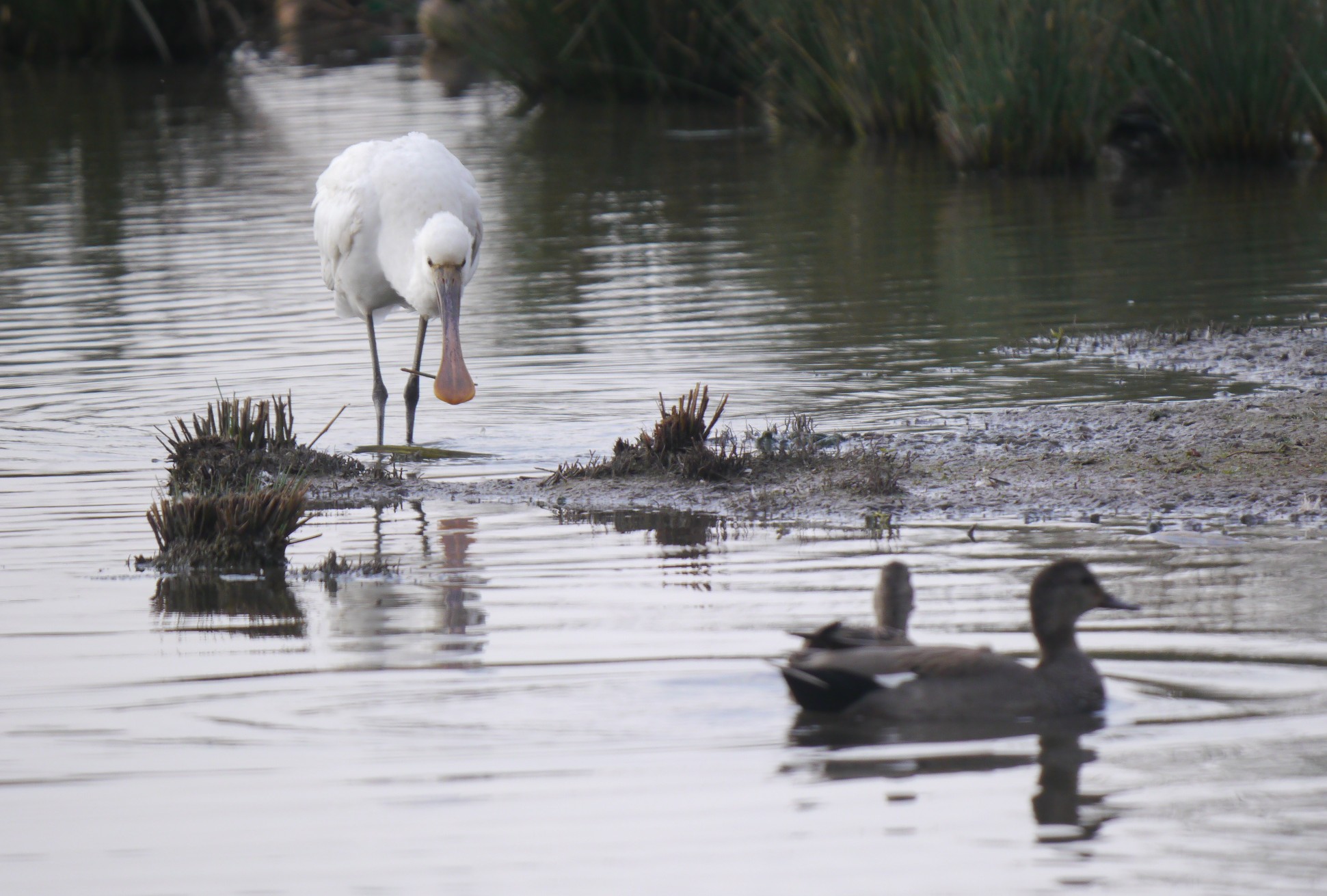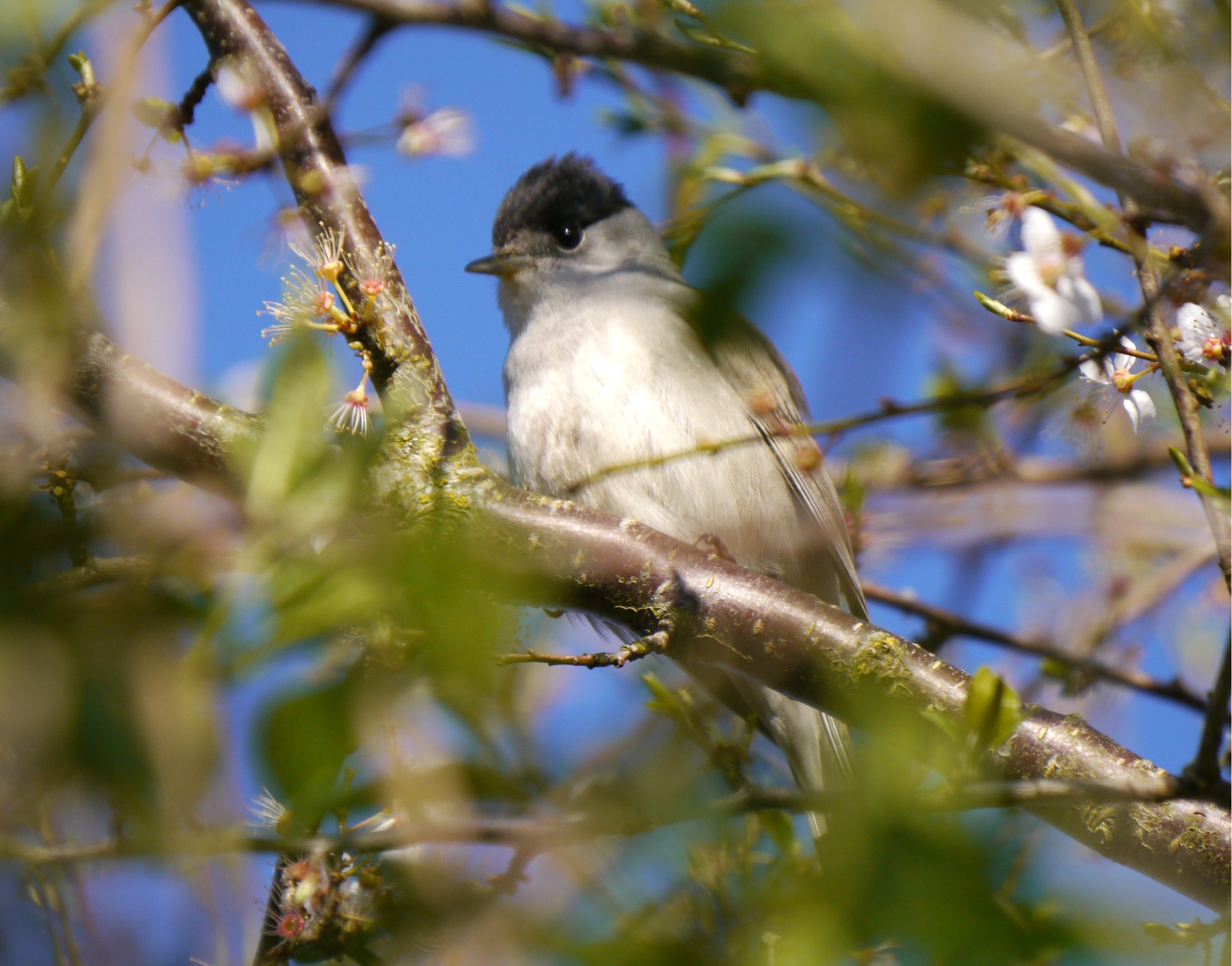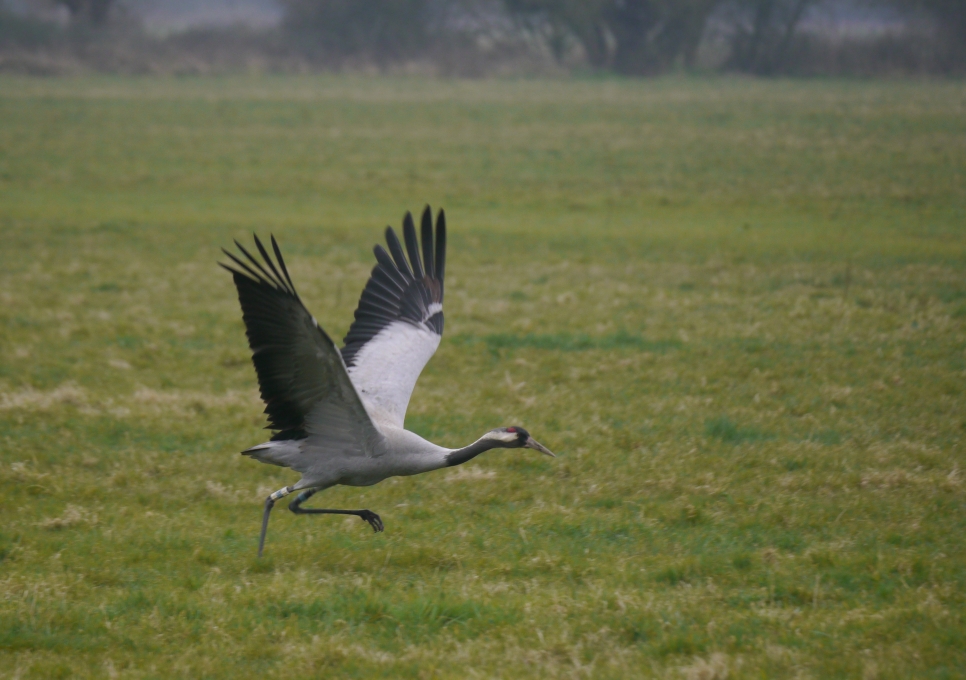Sandpipers on the rise
Our annual Green Sandpiper staging flock is growing in number and it's the best month for Common Sandpipers
A lunchtime count of 16 Green Sandpiper on the Tack Piece and five on the South Lake was notable, a few more are likely to be hidden on sheltered muddy scrape edges out of view. Common Sandpipers (pictured on the Tack Piece) have begun to arrive on their southbound migration, the Severn at Middle Point is the best place to find them at high tide but a few mobile birds are feeding on the scrapes.
Other highlights include the following.
South Lake
Five male Ruff, a Spotted Redshank, 5 Green Sandpiper, 2 juvenile Little-ringed Plover, 12 Redshank includes two fledged juveniles, 4 Black-tailed Godwit on the scrape + 7 Pochard, 46 Gadwall and a Common Tern visited.
Tack Piece
Two adult and 2 juvenile Little-ringed Plover, 16 Green Sandpiper and the male Black-winged Stilt.
Top New Piece
Five juvenile Little-ringed Plover with 16 Dunlin, Marsh Harrier hunting over here and surrounding area early morning, 220 Sand Martin feeding over!,96 Teal, 2 Oystercatcher, a few broods of Gadwall and very showy Reed Warblers in the reed bed below the Zeiss Hide.
Rushy Hide/Peng Observatory
Three juvenile Redshank among the 38 counted, three Spotted Redshank early morning but one moved to South Lake. Around 70 Black-tailed Godwit and the South Lake Ruff visited.
Middle Point
Three Great Egret, 2 Little Egret + Grey Heron, a Whimbrel with the Curlew flock, a Greenshank and a Common Sandpiper in the creeks, the Redshank flock were here but moved to the Rushy.



